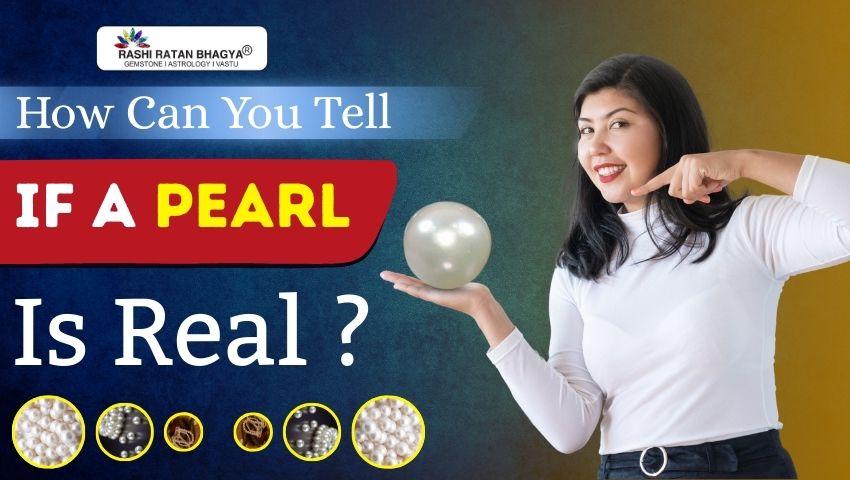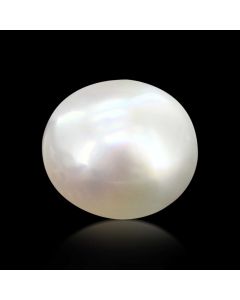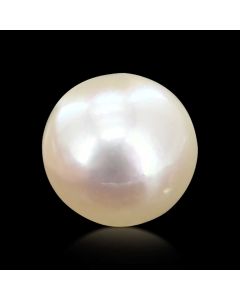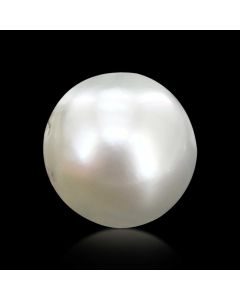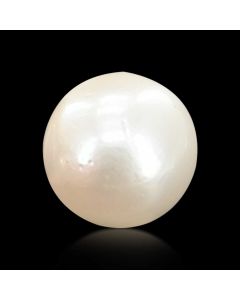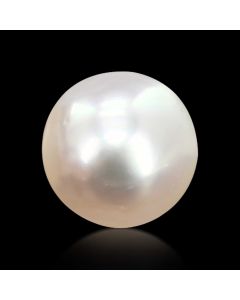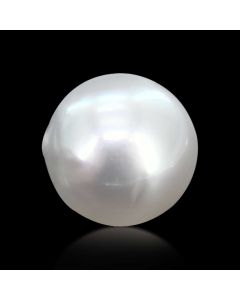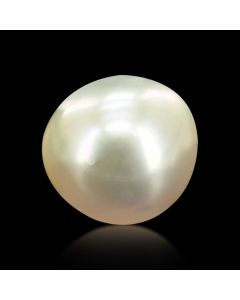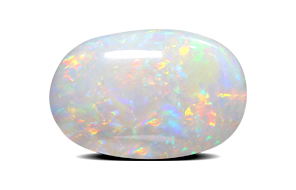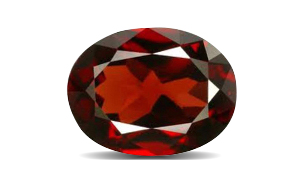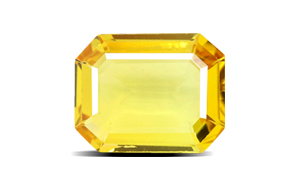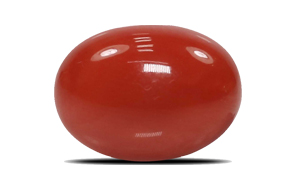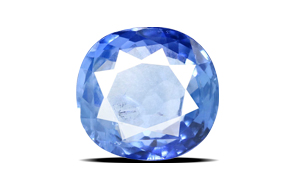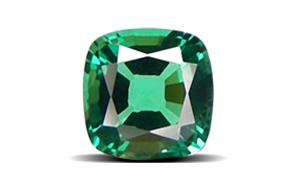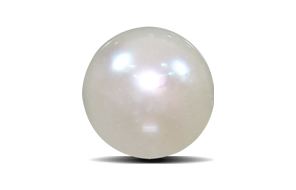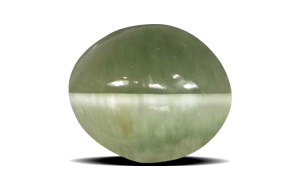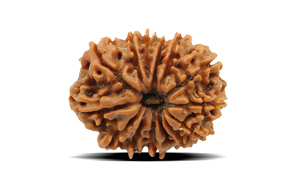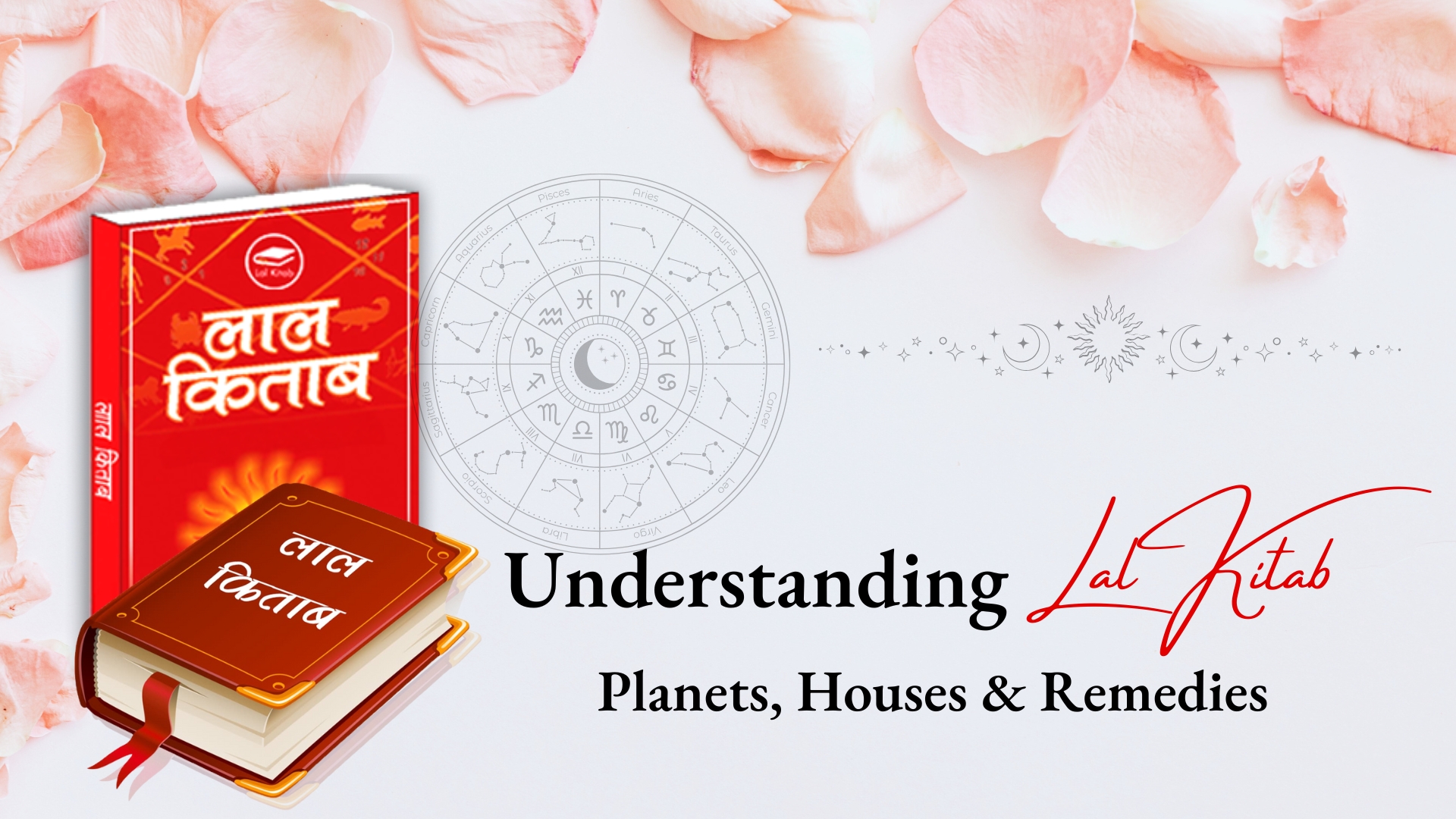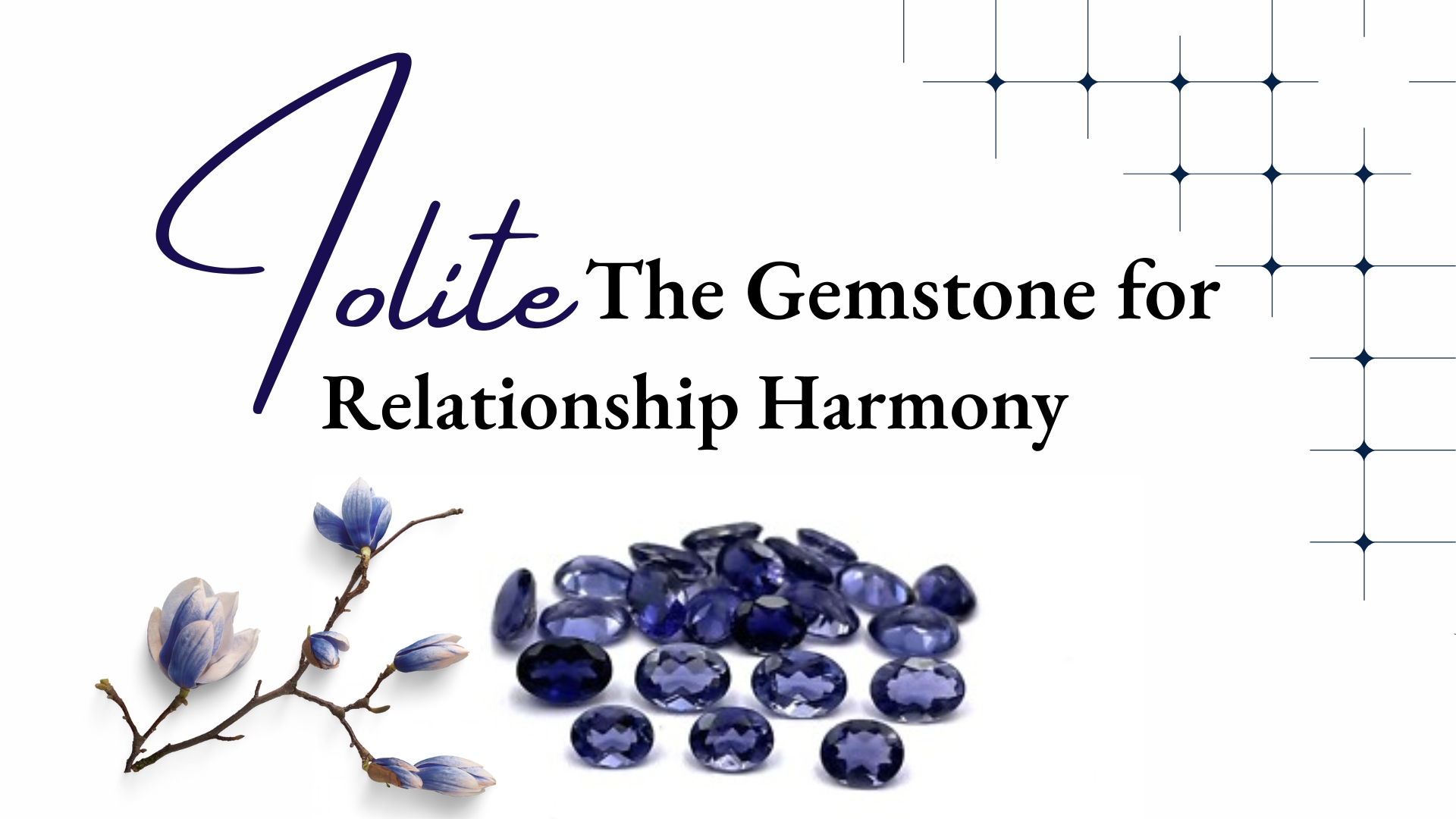For centuries, pearls have been symbols associated with purity, sophistication, and elegance. Whether it's the pearls gleaming on a necklace or inspecting a cherished family heirloom, knowing how to tell if a pearl is real or not can be both exciting and critical. While there are imitation pearls that share some characteristics with real pearls, the genuine ones are rare to find and thus more valuable.
Knowing whether a pearl is an imitation or genuine can help in avoiding unnecessary purchases and provide value for money.
In this blog, we’ll discuss several practical methods to distinguish real pearls from fake ones.
What Makes a Pearl Real?
Pearls, which are real and organic, are found naturally in nature. These gemstones are formed by molluscs like oysters or mussels as a result of defensive responses against irritants.
They are of two primary types: natural pearls, which are formed completely by nature, and cultured pearls, which are formed by human intervention. Both kinds are real pearls.
On the other hand, fake pearls that are imitated do not have the organic substance of genuine pearls and therefore are made of glass, plastic, or other kinds of materials.
Defined Strategies for Recognizing Genuine Pearls
Here are some of the methods and tests that you can use to check if the pearls are real:
1. Surface Examination
Genuine pearls have a unique surface texture resulting from their natural formation. Upon close examination, one notices some tiny ridges and other imperfections, which aids their recognition. However, manufactured pearls have unnaturally smooth surfaces because they are optically crafted.
How to Proceed: Keep the pearl in light within your reach and observe it very keenly. Authentic pearls should exhibit minor changes, whereas artificial ones appear to be perfect.
2. Applying Tooth Friction
This is the most popular way, even though it is somewhat not very scientific. Most people use it for proof after being told the basics of pearls’ authenticity. The texture of authentic pearls is felt to be gritty due to the layers of nacre, but artificial pearls have a softer and more appealing touch that are unmolded into shape.
How to Do It: Lightly scratch the pearls against the bottom side of your teeth. If it tangles mildly, then it’s authentic. However, if it just slides passingly without dragging, then it is not real.
3. Weight and Density
Light-weight imitation pearls lack sound structure and are frequently manufactured from either plastic or resin. This gives them the advantage to floating.
You can check their density, and if it doesn't match with the density and other specifications of a real pearl or moti stone, then it is fake.
4. Luster and Shin
Of all gemstones, pearls have a special lustre, and this feature is one of the distinguishing characteristics of genuine pearls. Real pearls have gorgeous lustre that radiates from inside the pearl, while fake pearls may appear shiny but have no depth.
How to Identify: Examine the pearls under natural light and check the glow they exhibit. Real pearls are lustrous and have an iridescent glow, while fake pearls tend to be overly shiny with no glow.
5. Drill Hole
In pearls that contain drilled holes for stringing jewelry, it may be possible to determine their authenticity based on the holes. Real pearls tend to have nacre-filled, clean, and precise drilled holes. In fake pearls, these holes tend to have porous bead material with a surface coating.
What to look for: Check the drill hole with a magnifying glass and inspect if there is peeling or a completely different core material. If there is, it's safe to conclude it is an imitation.
6. The Temperature Test
There is a delay in the adaptation of the finest pearls to body temperature when compared to fake pearls, which feel warm instantly.
How to test: Hold the pearls against the skin. Fake pearls warm up to body temperature very quickly, while real pearls feel cool at first.
7. Examination by Means of X-ray.
To be one hundred percent certain, an X-ray can separate real pearls from fake ones. Fake pearls do not possess the entirety of nacre’s concentric structure, and real pearls do have a peculiar internal structure.
When to Use: If you have a high-value pearl and need an X-ray, consult an expert first.
Are natural and cultured pearls both genuine?
They are both real and need no more explanation. The main difference is how they were formed. Untouched pearls are formed by nature with no human interaction, which makes them a lot harder to get and expensive.
Cultured pearls are formed when a human intervention takes place by putting a nucleus inside a mollusk, which makes it easier to produce manually. Thinking of it, cultured pearls are just as real because they also contain the same layers of nacre found in naturally made pearls.
Why is the authenticity of Pearl important?
Authenticity is important because knowing if a pearl is real has its reasons.
Value: A genuine pearl has significantly more value compared to a fake one.
Durability: Authentic pearls have longer persistence and thus better durability because of their organic nature. Fake pearls can perish over time.
Emotional Significance: For those people looking for heirlooms or special gifts, ensuring authenticity makes these items more valuable sentimentally.
The best way to ensure authenticity is to buy a genuine pearl with lab certification provided by a renowned laboratory. The lab certificate confirms that the gem is original and natural.
Best Techniques to Avoid Scams on Fake Pearls
Purchase From Reputed Dealers: Always get pearls from verified jewellers, merchant dealers, or authorised sellers who are always willing to provide proof of credibility.
Verify with Documentation: Sometimes pearls come encapsulated in top-notch citrine or sapphire jewellery forgery certificates. So verify your lab report as well by reaching out to the lab.
Avoid Preposterously Low Pricing: Anything that is over the top or seems too good to be true most likely is fake; this gold rule always applies.
Conclusive Remarks
The distinction between genuine source pearls and their imitations does not require sophisticated manipulation or an overly trained person. Simple things like the tooth test or surface examination can clue you in.
Whereas pearls, along with their unforgiving beauty, texture, and features, are far too organic to be synthesized. Although imitation pearls may embody the traits of genuine pearls. Be it personal or gift purposes, spending time to confirm pearls' authenticity will make sure your money is set in a piece of true elegance and craftsmanship.
Buy your original pearl stones or Moti stones jewelry now at the online reputable store of Rashi Ratan Bhagya.
About The Author
Mr. Bharat Sharma, the head of the Digital Media team, has over 15+ years of experience in online media. He plays a vital role in developing strategy, ensuring quality, and providing support to customers. Highlights the experience and dedication to online marketing with natural crystals. He contributes the digital marketing knowledge to Rashiratanbhagya. Mr Bharat Sharma blends digital innovation with the ancient Vedic wisdom.

